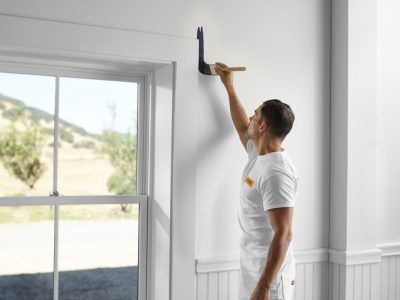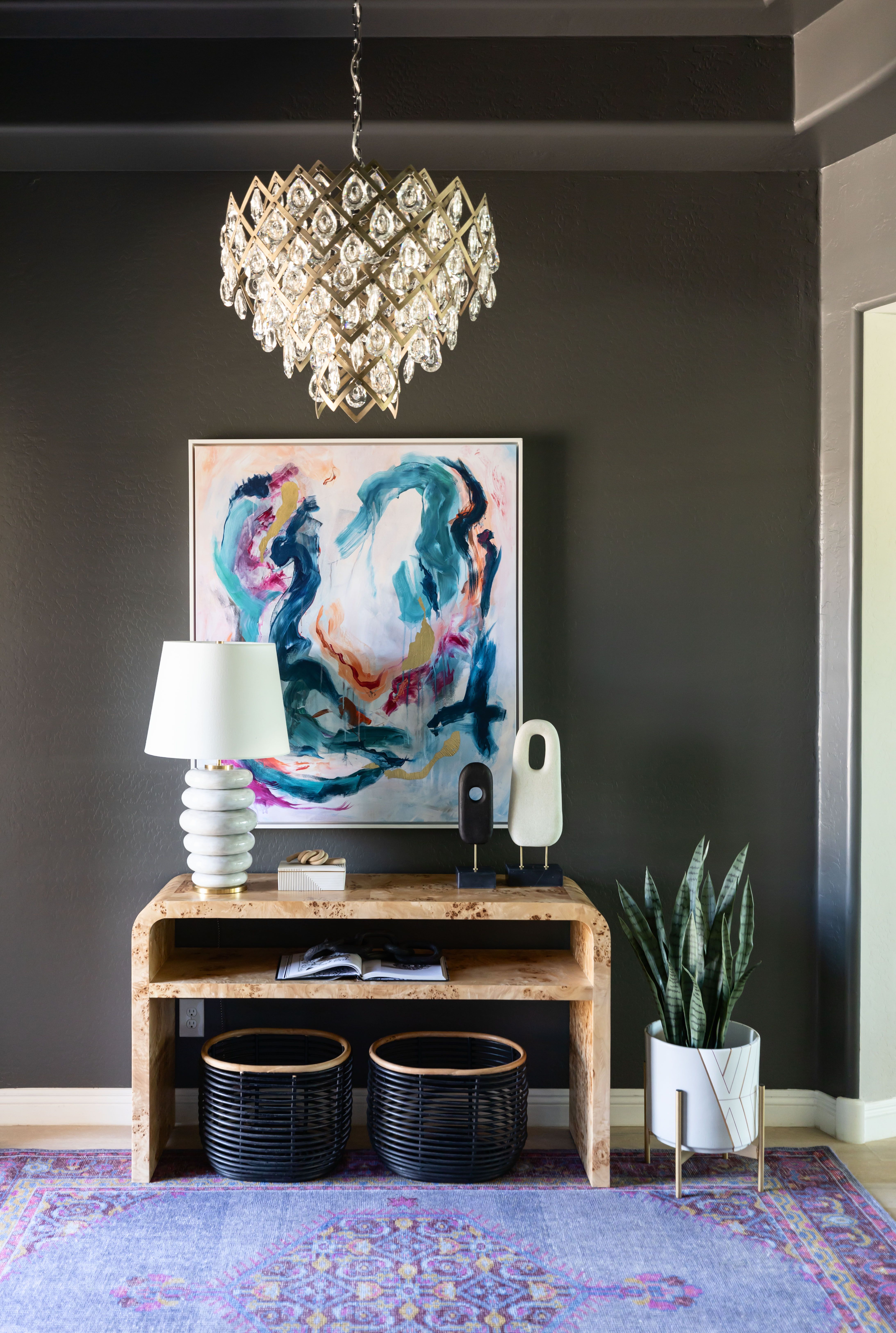Enhance Your Interior Design With Comprehensive Color Appointment
The combination of shade examination into interior layout provides an unique possibility to improve and raise the emotional and aesthetic resonance of a space. By involving with a seasoned shade professional, you can navigate the intricacies of shade option, making sure that your options not only enhance building attributes but also resonate with personal design and mental effect.
Benefits of Shade Examination

Moreover, shade consultation aids in maximizing all-natural light and maximizing spatial understanding. Lighter tones can make a space show up even more extensive, while darker tones produce an intimate setting. Cleveland Metro Painting Specialists. This critical application of color can considerably influence the overall setting of any interior area
Furthermore, expert consultants have a comprehensive understanding of existing patterns and ageless standards, making certain that the picked colors will stay appealing with time. This foresight can save customers from pricey redesigns in the future. Shade appointment empowers customers by giving them with a clear vision and instructions, promoting confidence in their design options and eventually leading to a much more satisfying and successful interior layout outcome.
Recognizing Shade Psychology
The importance of shade psychology in interior decoration can not be overemphasized, as it looks into the emotional and psychological results that different shades can stimulate in people. Colors can influence state of mind, actions, and even productivity, making them a critical factor to consider in any type of style project.
As an example, warm colors such as red, orange, and yellow are usually connected with power and heat. They can boost feelings of excitement and convenience, making them appropriate for social rooms like living kitchens or rooms. On the other hand, great shades like blue, eco-friendly, and purple often tend to evoke calmness and harmony, making them ideal for rooms or meditation areas.
In addition, using neutral tones can create a well balanced atmosphere by enabling the bolder shades to stand apart without overwhelming the senses. Recognizing these emotional effects enables designers to create rooms that not just look aesthetically pleasing but likewise promote psychological health.
Integrating color psychology into interior style involves a thoughtful selection of colors customized to the intended function of each room, eventually enhancing the general experience for its owners. This awareness is crucial for accomplishing a functional and harmonious interior environment.
The Color Wheel Described
It comprises key colors-- red, blue, and yellow-- that can not be developed by blending various other colors. Tertiary shades result from blending a main and an additional shade, leading to colors such as blue and red-orange.
The color wheel helps developers comprehend the partnerships in between shades, consisting of corresponding, comparable, and triadic systems. Complementary shades, located opposite each various other on the wheel, develop vibrant contrasts that can energize a room.
Using the color wheel in interior layout not just improves aesthetic allure however likewise evokes certain emotions and atmospheres, making it a critical referral for shade appointment. Comprehending these relationships hop over to here ultimately equips developers to develop spaces that are both functional and visually fascinating.
Selecting the Right Combination
A well-chosen shade system can combine a space, enhance its attributes, and evoke wanted emotions. Different rooms serve diverse features and require combinations that mirror their designated use; for instance, tranquil colors such as soft blues or environment-friendlies work well in rooms, promoting leisure.
Next, take into consideration the all-natural light readily hop over to here available. Light can substantially change just how shades show up, so it is necessary to assess the space at various times of the day. In addition, think about existing building elements and furnishings. A harmonious combination should complement these features, creating a cohesive appearance throughout the space.
When selecting colors, utilize the 60-30-10 rule, which suggests that 60% of the room need to be a dominant color, 30% an additional color, and 10% an accent color. This ratio makes certain balance and visual rate of interest (Cleveland Metro Painting Specialists). Sample shades on the wall surfaces prior to committing, as this permits you to see how the shades engage with one another and the total atmosphere they develop in your indoor design task.
Dealing With a Shade Consultant

When functioning with a color consultant, the process commonly begins with a first examination. Throughout this conference, you'll discuss your vision, choices, and the existing components in your area. The consultant will analyze your needs and may recommend specific color schemes that straighten with your goals.
After establishing a direction, the specialist will give examples and visual help to aid you picture the proposed color design. This action is important, as shades can appear differently under differing lighting problems.
In addition, a color professional can direct you in selecting corresponding furnishings, artwork, and devices to balance with your selected combination. By working together very closely, you can achieve a polished aesthetic that elevates your insides see post and creates an inviting environment. Inevitably, the know-how of a color expert can considerably improve the general effect of your design project.
Conclusion
In summary, comprehensive shade examination serves as an essential tool for improving indoor layout. By leveraging specialist expertise of shade psychology and spatial dynamics, a customized shade combination can be developed to stimulate specific emotions and develop an unified setting.
By engaging with a seasoned color professional, you can navigate the complexities of shade option, making sure that your options not only complement building functions yet likewise reverberate with individual design and emotional influence. It comprises main colors-- red, blue, and yellow-- that can not be created by blending other shades.The color wheel assists developers realize the connections between shades, including corresponding, comparable, and triadic systems.When choosing shades, utilize the 60-30-10 regulation, which suggests that 60% of the area must be a dominant color, 30% a secondary color, and 10% an accent shade. By leveraging expert understanding of color psychology and spatial dynamics, a tailored shade scheme can be created to evoke particular emotions and produce a harmonious setting.